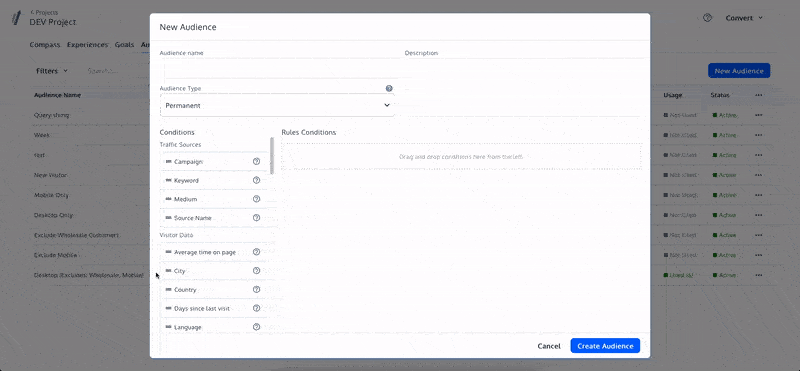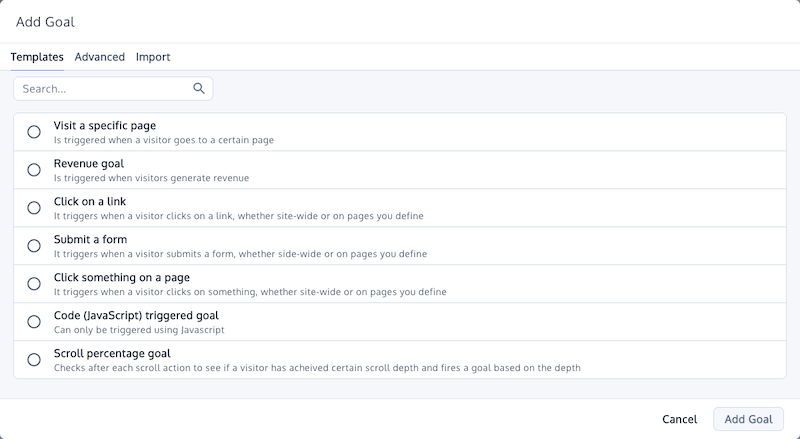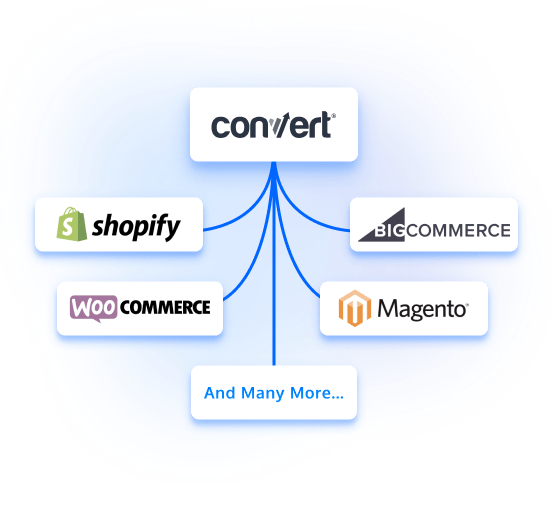A split test or a split URL test is often used interchangeably with an A/B test. This isn’t wholly accurate. While you would still compare two different versions of an element or an asset, in split testing the beauty lies in the simple execution and broad scope.
Here’s why.
In a split URL test, in most cases, your A/B testing tool is in charge of splitting traffic between two URLs that already exist on your site. Some examples include:
- Implementing a widget like a loyalty program pop-up that significantly impacts the way people perceive your offering and constitutes you innovating on your existing business model.
- Different checkout flows for different product categories – a bare bones one-page checkout vs something more elaborate with upgrade nudges and reasons to shop your brand.
What this means is the A/B testing tool is mostly exempt from manipulating the code and CSS of your website. That part is taken care of by your development team.
Yes, the variant pitched against the original may not be a high fidelity, fully functional version of the change you wish to see later down the line. But its delivery isn’t restricted to the code editor of your experimentation platform.
Split testing is thus more strategic. Think of it as a compass, pointing you in the direction of paths and experiences that are worth thinking granularly about and optimizing iteratively.
Another factor here is the scope of the experiment. If your old site competes against your newly redesigned website, you aren’t interested in minute 1% conversion lifts. You know there is a change. One that is likely to alter traffic response.
This is why you can use a wider net in statistical terms and go with a high MDE (Minimum Detectable Effect). This means, given the same traffic, your split tests will usually conclude faster than a more nuanced A/B test, as the lift will usually be stronger in either direction.





















